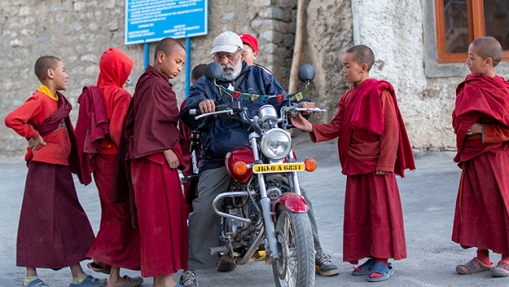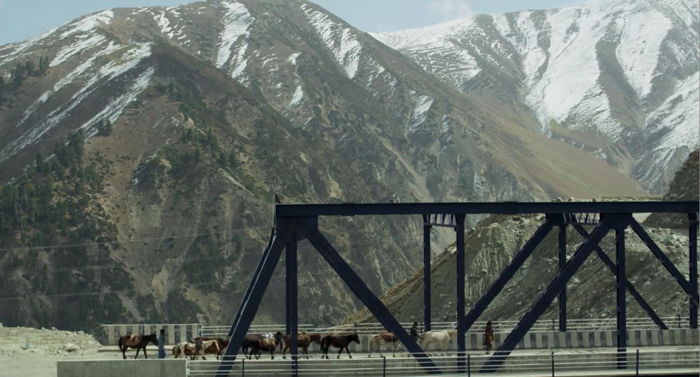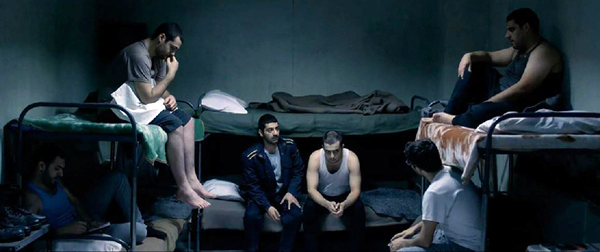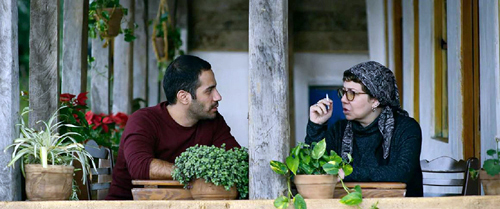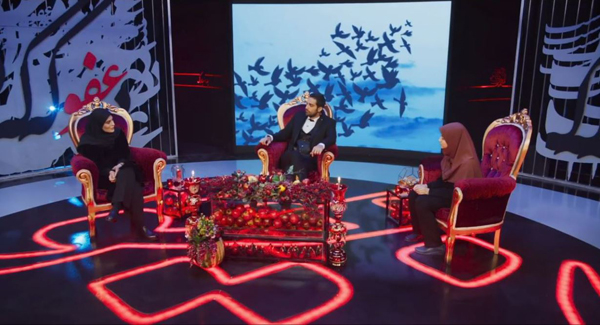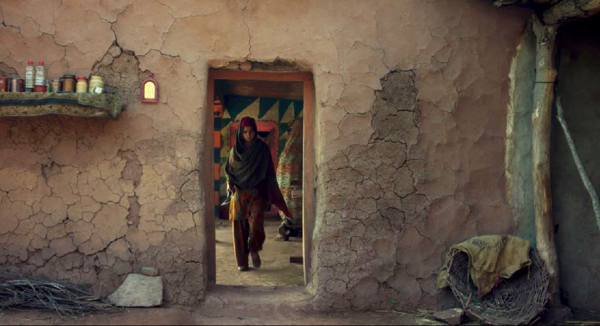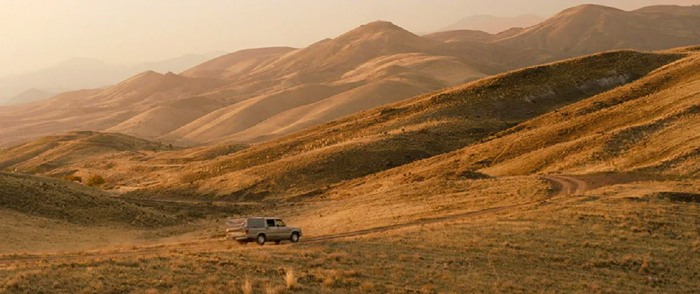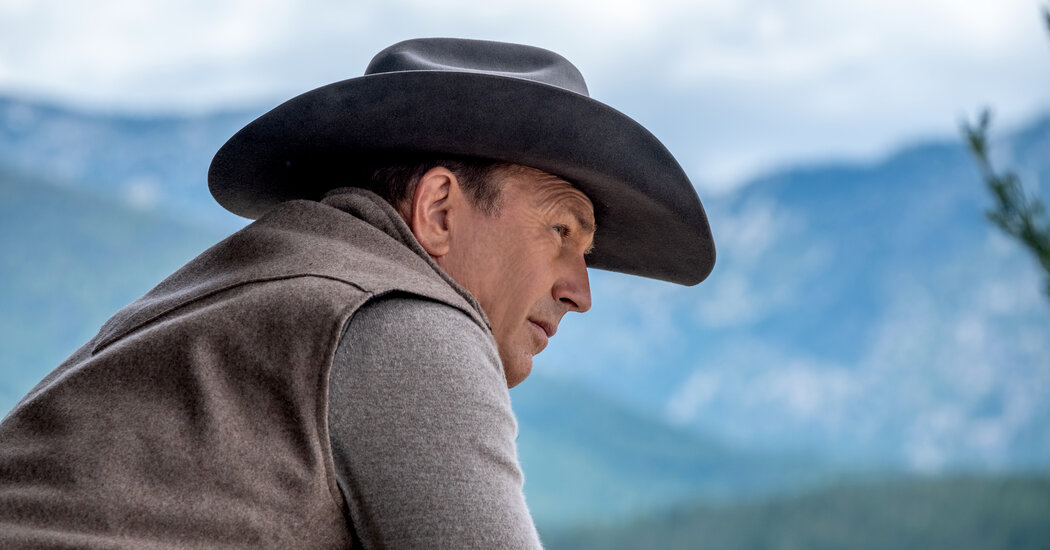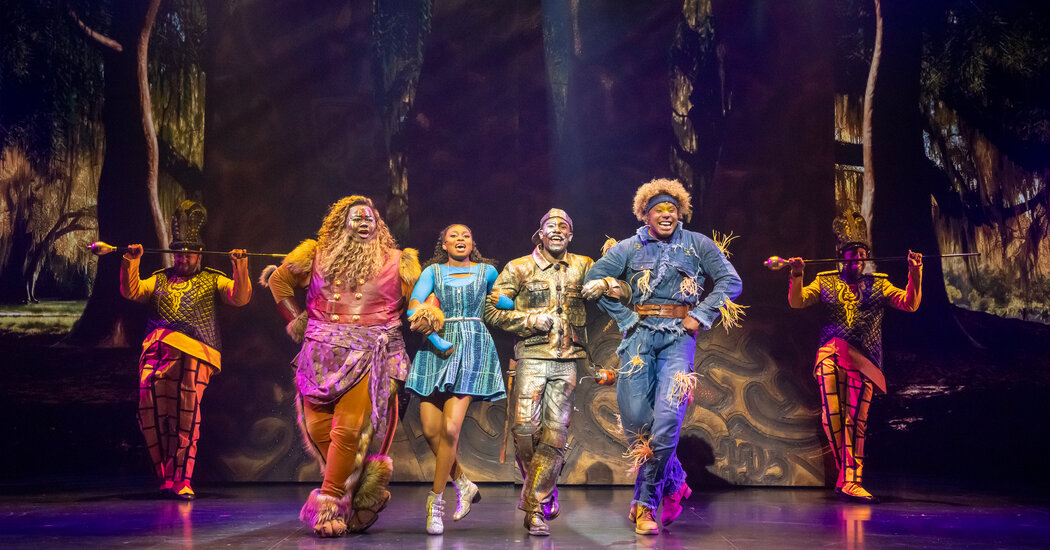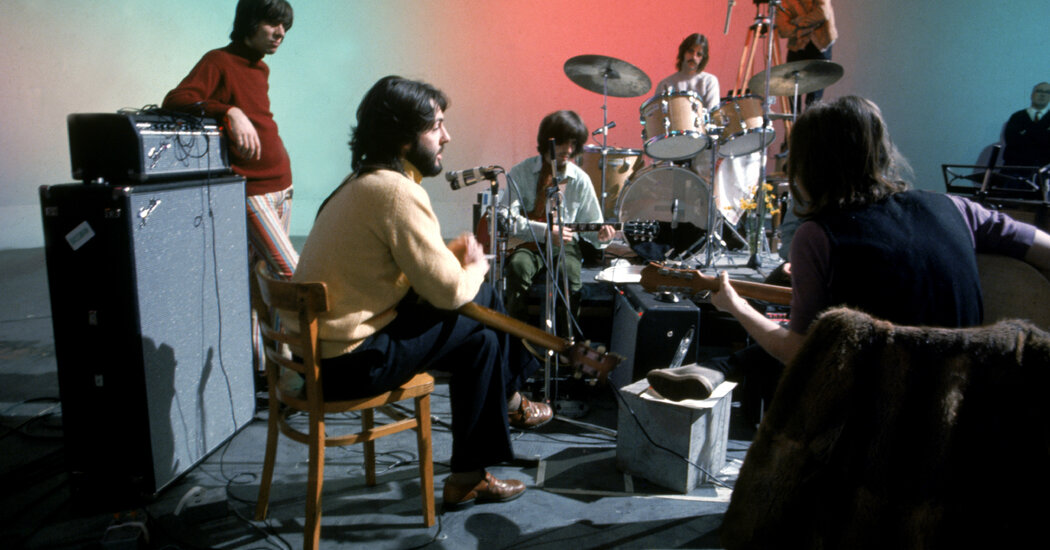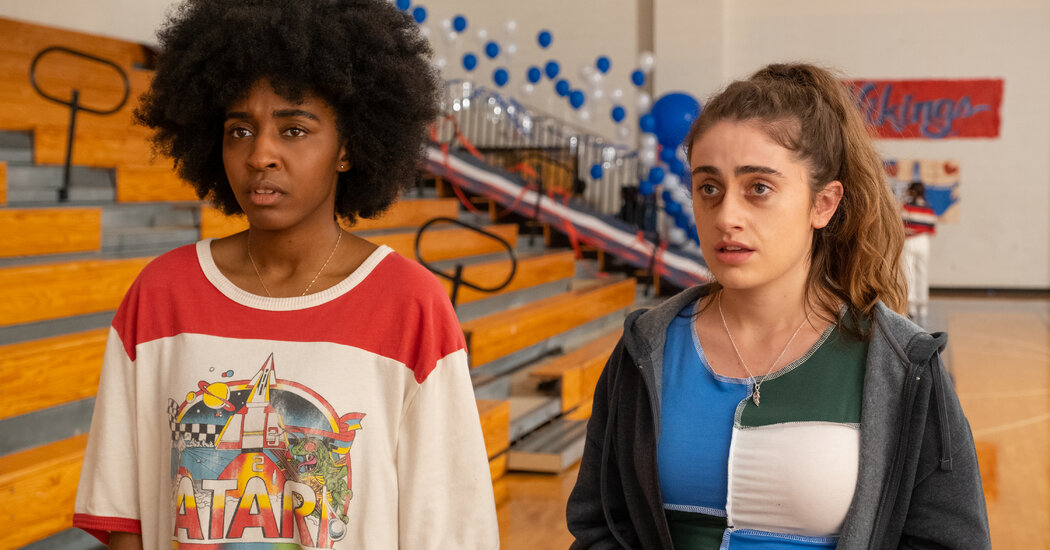Navroze Contractor (1944-2023) | The Seventh Art
[ad_1]
[The following essay was first published in Film Comment and was written for the Navroze Contractor tribute event at the Film at Lincoln Centre.]
In January 2023, the Experimenta Film Festival in Bangalore presented two films by the Yugantar Film Collective. Founded in 1980 by Deepa Dhanraj, Abha Bhaiya, Meera Rao, and Navroze Contractor, this short-lived feminist collective made half hour–long documentary-fiction hybrids on issues of domestic violence, grassroots resistance to deforestation, and labor organizing among maids and factory workers. While Dhanraj took questions from the audience after the screening, her husband and cinematographer, Contractor, remained seated at the very back of the auditorium among students and festival volunteers, speaking up only when Dhanraj deferred to him.
Something of this withdrawn, thoughtful quality permeates the work of Contractor, who died in a motorcycle accident in June 2023. A renowned still photographer, amateur percussionist, and jazz aficionado, not to mention a legendary motorcycling enthusiast who also wrote on the subject, the 79-year-old Contractor was widely remembered in his obituaries as a master raconteur who could charm an audience with his wit and intelligence. As a cameraman for the first generation of Indian documentaries made without state patronage, Contractor was one of the key image-makers of Indian independent cinema. The insightful, non-patronizing films that he shot for Dhanraj and other documentarians in the ’80s, attentive to life on the ground and sensitive to historical context, may be said to embody the first stirrings of a democratic visual media movement in the country.
Born in 1944, Contractor grew up in Ahmedabad, in the western Indian state of Gujarat, and was trained in painting and photography at the Faculty of Fine Arts in Baroda. He applied to the Film and Television Institute of India (FTII) in Pune—the country’s premier film school, and alma mater of stalwarts like Adoor Gopalakrishnan, Kumar Shahani, and Shabana Azmi—to study cinematography, but he could only get a seat in the direction department. However, under the tutelage of the illustrious archivist P.K. Nair, who founded the National Film Archive of India, Contractor learned the ropes of cinematography and lab processing outside the curriculum. When a strike by the institute’s Acting students led to classes being canceled in 1969, the young man dropped out of his course to pursue a career in photography.
In the late ’60s, Contractor was employed by the Ford Foundation as a still photographer to document their socio-economic development projects in Punjab. The color slides that Contractor produced as part of this stint caught the eye of filmmaker and fellow FTII alumnus Mani Kaul, who told the cameraman that if he ever made a color film, Kaul would enlist him—a promise that came to fruition when the director’s regular cinematographer K.K. Mahajan dropped out of Duvidha (1973) because it was to be shot on a Bolex camera under “amateur” conditions.
That Kaul entrusted the cinematography of his first color film to someone who’d never shot a movie before is astounding given the delicate beauty of what they accomplished together. Based on a short story of the same name by acclaimed writer Vijaydan Detha, Duvidha centers on the dilemma of a taciturn teenage bride (played by Raisa Padamsee) whose miserly husband goes away on business a day after their wedding. Smitten by the bride at first sight, a ghost inhabiting a nearby tree takes the form of the absent husband and moves in with her. Things come to a head when the real husband gets wind of the impostor back home.
Partly financed by the leading lady’s father, the painter Akbar Padamsee, Duvidha was shot on 16mm Kodachrome II reversal stock (later blown up to 35mm) in the village of Borunda in Rajasthan, not far from Kaul’s birth city of Jodhpur. “We had very little money, just two sun guns for lights, a Uher non-sync tape recorder, no trolley and tracks… nothing,” Contractor recalled in an interview. Since Borunda was home to Detha, who personally requested the villagers’ cooperation, they were willing to comply with special requests from the film crew, such as painting all the houses of the village white or not turning on their lights at night so that the shooting could proceed without hiccups.
Inspired by the approach to space in Indian miniature painting, Kaul and Contractor sought to disrupt linear perspective as the basis for their image construction. This influence is perhaps most apparent in the film’s many high-angle shots in which the camera adopts the elevated “balcony view” characteristic of miniature paintings, while also suggesting the point of view of the ghost on the tree. With these off-kilter flourishes, sudden changes of scale, extreme foreshortening, deliberate underlighting, and partial framing of faces, Duvidha demands constant visual readjustment on the part of the viewer.
“Often when a camera movement had to be made,” Contractor said of Kaul in an interview, “he would sing in my ear, that was my speed, rhythm of the shot.” While the director asked Contractor to pan the camera only horizontally or vertically—never diagonally—the actors’ bodies, the staircases, and the oblique eyelines nevertheless produce a warped perspective with strong diagonals. The most striking visual element of the film may be the freeze-frames that Kaul employs to telescope the narrative. But equally notable are the various zooms, used at key moments to intimate the supernatural dimensions of the story—most memorably in the shot in which Padamsee, clad in a red saree and leaning against a white wall, stares back blankly into the telescoping lens.
The consistent use of roving zooms is perhaps the single most recognizable aspect of Contractor’s cinematography, and in his documentary work with the Yugantar Film Collective, he elevated this device into something like a modus operandi. The handheld zoom provided Contractor the nimbleness required in such dynamic situations as the conferences, rallies, and strikes that he often found himself recording. A remarkable shot at the end of Tobacco Embers (1982), lasting more than five minutes without a cut, offers a shining example. As a group of women discuss strategies for an upcoming protest, the camera travels from face to face—now zooming into one speaker, now darting over to the next. Within the film’s fly-on-the-wall framework, the zoom lens allows Contractor to move seamlessly between the individual and the collective, between consensus and dissent.
By the time he came to work on Sanjiv Shah’s Love in the Time of Malaria (1992), Contractor had shot more than 20 documentary works of varying length, including ones made by Shah, and five narrative features. Shot largely in Contractor’s hometown of Ahmedabad, Love in the Time of Malaria takes place in the fictional kingdom of Khojpuri and charts the fortunes of Hunshilal (Dilip Joshi), a young scientist who follows the king’s call to develop a concoction to eliminate “dissident” mosquitoes from the country. Hunshilal succeeds in his mission, but when he falls in love with a fellow scientist and underground revolutionary, his loyalties are challenged.
Shah’s film may be described as a “political musical comedy,” but that wouldn’t do justice to the sui generis work that it is. Blending a host of genres and expositional modes, it brings together archival footage, documentary sequences, musical numbers, and absurd vaudeville-like tableaux into an unholy composite that plays as broad, blunt satire. Brimming with references to contemporary personalities and events, Love in the Time of Malaria sharply encapsulates the anxieties of India in the early 1990s, a period marked by religious strife and economic liberalization—principal forces that have shaped, and continue to shape, present-day India.
The eclectic form of the film is reflected in its heterogeneous visual texture: pastel-colored sequences in serene daylight rub shoulders with grainy archival clips, seductively lit indoor musical numbers, and gritty street photography. The cinematographer of the spectral Duvidha and the steely Yugantar documentaries may have been particularly well-suited for this unique mix of granite and rainbow, of fable and hard fact. An example: as an exhortatory poem about dissent is recited on the soundtrack (by iconic Indian actor Naseeruddin Shah), the camera zoom-pans across a shipyard full of toiling workers, stopping finally at a narrator in a hard hat who breaks into a song.
Like many cinematographers, Contractor was a protean professional who adapted his technique and style to the needs of individual films and filmmakers. He made both single-shot films about local artisans and narrative features with no camera movement, such as Vishnu Mathur’s austere study of bachelor anomie Pehla Adhyay (1981). Though he cut his teeth on 16mm, he also studied video production at Sony Corporation in Tokyo in the 1980s and later shot one of the earliest Indian films in high-definition digital video, Chetan Shah’s English-language campus thriller Framed (2007). From embedded documentaries to low-budget fiction to works of high modernism, Contractor has left behind an eclectic body of cinematographic work, spanning almost half a century, unified by its fierce independence from the commercial mainstream.
[ad_2]
Source link
